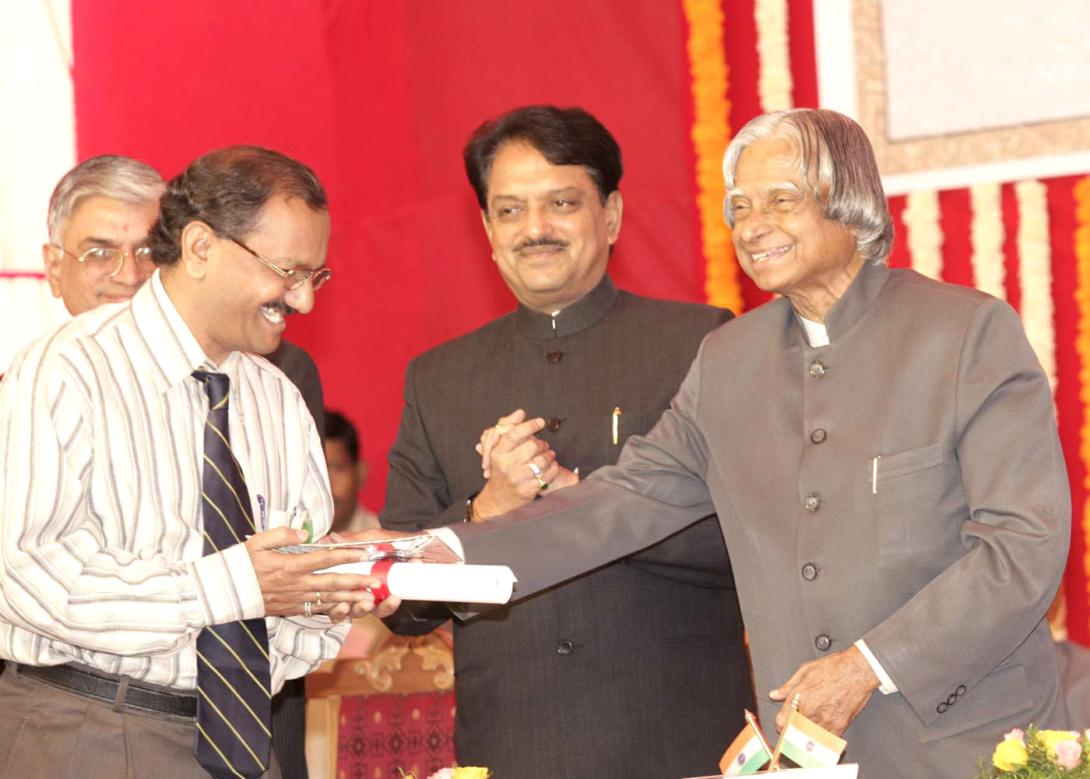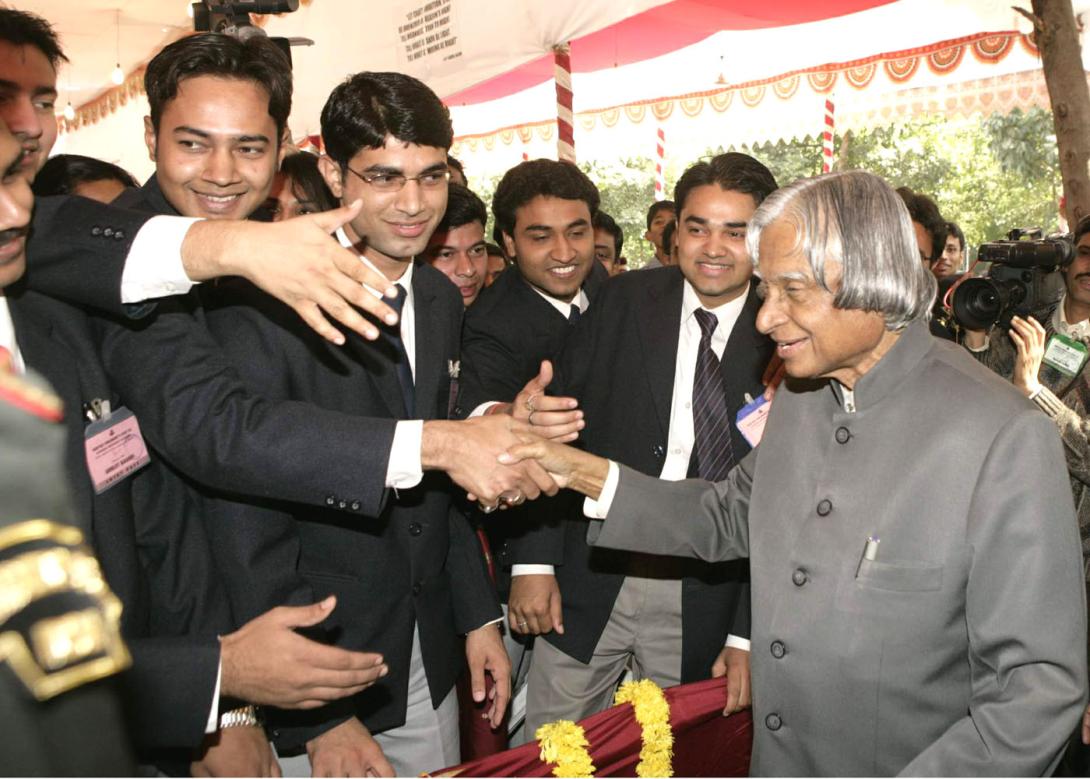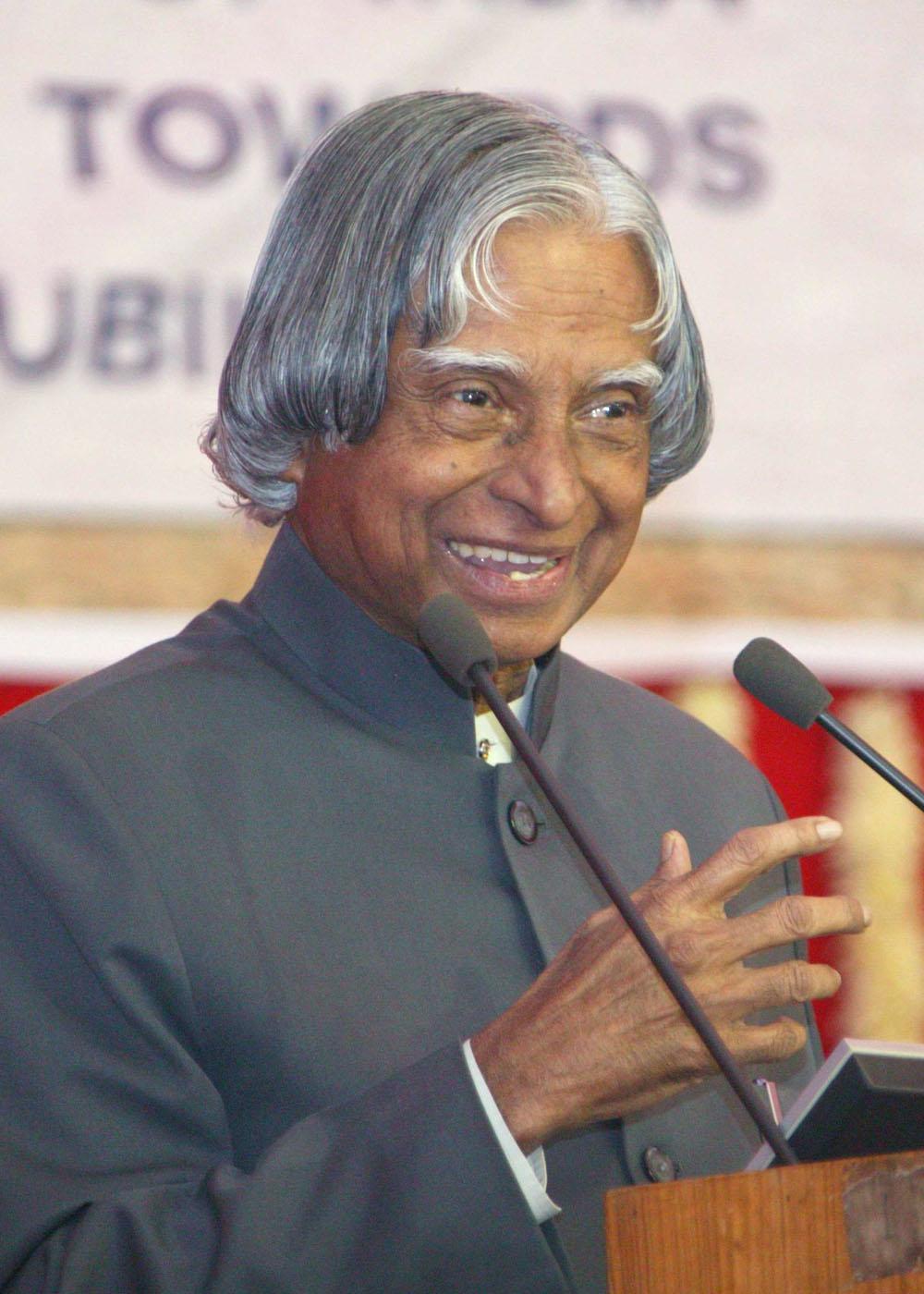Address at the Silver Jubilee Celebrations of Tata Research Development and Design Centre
Pune, Maharashtra : 17-01-2007
Research Missions for Insurance Business
I am delighted to participate in the Silver Jubilee Celebrations of the National Insurance Academy (NIA). NIA during the last twenty five years has been pioneering the task of insurance and capacity creation in the Afro-Asian region. I am sure very soon you will work out strategies which will enable insurance companies to accept authenticated digital signature for all insurance transactions including financial audit. I congratulate the NIA community both present and past who have built a robust institutional framework for developing the vital human resource for risk coverage to Indian citizens during the last twenty five years. I extend my greetings to all members of NIA, economists, societal transformers, policy holders, academicians, government functionaries and other distinguished guests. I have selected the topic for discussion ?Research Missions for Insurance Business?
Law of development
I was studying the development patterns and the dynamics of connectivity between nations, especially in trade and business. As you all know the world has few developed countries and many developing countries. What is the dynamics between them and what connects them? Developed country has to market their products in a competitive way to different countries to remain as developed country. The developing country to get transformed into developed country; they too have to market their products to other countries in a competitive way. Competitiveness is the common driving factors between the two types of nations. Competitiveness has three dimensions: quality of the product, cost effectiveness and product is in the market just-in-time. Indeed this dynamics of competitiveness in marketing of products by developing and developed countries is the law of development. There is a relationship between the core competence and the competitiveness of the country. Such a law applies to NIA also. You have to provide quality human resource which will be able to face the challenges of competitive environment in the insurance business.
Economic development: Transforming India into a developed nation
We have a population of over one billion people of which 220 million are still living below the poverty line. They need education, they need habitat, they need health care, and creation of employment potential. To meet their needs we have the second vision of transforming India into a developed nation by the year 2020. We have identified five areas where India has a core competence for integrated action: (1) Agriculture and food processing (2) Reliable and quality electric power and surface transport for all parts of the country. (3) Education and Healthcare (4) Information and Communication Technology (5) Self reliance in critical technologies. These five areas are closely inter-related and if implemented in a co-ordinated fashion will lead to food, and economic security, and national security. A strong partnership among the R&D, academy, industry, banking, insurance and the community as a whole with the Government departments will be essential to accomplish the vision for a developed India. Indian GDP is growing at an average rate of 8% p.a. whereas the economists suggest that to remove the poverty of 220 million people we have to grow at the rate of 10% p.a. consistently for over a decade. One of the components through which the rural-urban divide will be bridged and prosperity will be brought to the seven hundred million people living in six hundred thousand villages is Providing Urban Amenities in Rural Areas (PURA).
The Mission of PURA (Providing Urban Amenities in Rural Areas)
The number of PURA units for the whole country is estimated to be 7000. This envisages integrated connectivities to bring prosperity to rural India. These are - physical connectivity of the village clusters through quality roads and transport; electronic connectivity through tele-communication with high bandwidth fiber optic cables reaching the rural areas from urban cities and through Internet kiosks; and knowledge connectivity through education, vocational training for farmers, artisans and craftsmen and entrepreneurship programmes. These three connectives will lead to economic connectivity through starting of enterprises with the help of banks, micro credits and marketing of the products.
Each PURA cluster will connect about 20-30 villages depending upon the region and population and will cost about twenty million dollars. There are three types of PURA?s: Plain terrain PURA, Costal PURA and Hill PURA. This is a viable and sustainable business proposition. After initial short-term employment during construction etc., we have to plan for initiating actions for providing regular employment and self employment opportunities in nationally competitive small enterprises in agro processing, manufacturing and services sectors for about 10% to 15% of the population of the village cluster. If the industrial/business parks are marketed well, they can generate employment opportunities in support and services sector for about 30% eligible people. This will provide sustainable economy for the rural sector. I would request NIA to participate in this national mission. This will lead to the removal of urban-rural divide.
Micro Insurance
As you are aware, LIC is now engaged in micro insurance which is directly aimed at the Lower Income Groups who have only small saving capacity. LIC has highlighted simplicity as the hallmark of micro insurance products. They have also mentioned that the products have simple and easily understandable features and are priced low enough to become affordable by the poor. Such a step will lead to protection against risks in various phases of life, health and well-being of the needy. I would suggest the NIA to take this scheme as a project for one of the courses and bring out continuous improvement of the scheme in partnership with LIC staff, NGOs, Self Help Groups, Policy Holders and Micro Financial Institutions. This approach will enable NIA to suggest online improvement to the scheme and also derive newer schemes for implementation in the years to come. Now, I would like to talk about participation of banking and insurance in second green revolution.
Second Green Revolution
I would like to share with you another important thought in our national economy about the stagnation of agriculture business during the last few years. As you are aware, the annual growth of GDP in agriculture is just around 1.6% whereas the industrial and service sector has been growing at 12% and 18% respectively. Further, the people participating in agriculture has come down to 52% which will further reduce to 35% to 40% by the year 2020. During the same period, land availability will come down from 170 million hectares to 100 million hectares and the water availability also will reduce considerably. However, in spite of all these facts we have to produce nearly 350 million tonnes of food-grains by 2020. For example, the Finance Ministry has doubled the agricultural credit by banks to Rs. 2,00,000 Cr. but it did not touch the life of needy farmers. This is an area of research which involves multiple parameters namely farmers, research institutions, village panchayat, bankers, moneylenders, NGOs and Government. What can the banks do in this situation? What can the insurance companies do?
Academic institutions like NIA should come out with innovative methods through research for promoting the whole agricultural business through a solution to following problems.
1. How the professional banks and insurance system can reach the six hundred thousand villages of our nation or at least two lakh Panchayats, so that the bank and insurance agencies can empower the farmers with finance and cover the risk without being exploited by the middlemen.
2. During my interaction with farmers in Punjab, Haryana and Tanjore delta farmers (Tamilnadu), it came out that the sons and daughters of farmers are looking towards greener pastures in manufacturing and services sector leaving the agricultural sector. The research should enable a solution through:
- Institution of a successful cooperative society model on the lines of Dairy products in Anand or Maharashtra Sugar industry.
- Value addition to the agriculture produce into food products, for example milk to milk products, fruits to dry fruits, juice, squash etc., similarly vegetables and cereals. It will increase the earning capacity of the farmers.
3. Solution to these problems will define the role of banks and insurance companies in the second green revolution of the nation which aims at producing 350 tonnes of food production with reduced land and reduced labour before 2020.
The research challenges for green revolution includes determining the quality of soil, matching the soil to the seed, the water management, fertilizer management, the pre-and- post harvest management. What is needed is the whole chain of agriculture business starting from soil, seed, water, fertilizer to pre-and-post harvesting system, food processing and marketing. One of the problems today is that our farmer stop at grain production. The NIA syllabus for MBA has to focus how to realize integrated agriculture produce and management from seed, grain, food and marketing including financing and risk cover.
Conclusion: Missions for National Insurance Academy
I would suggest the following six missions for the consideration of NIA for implementation:
a. I have come across an insurance company called National Insurance Company Ltd. which has been operating for the last century in the non-life insurance business. I would suggest NIA to carry out a case study on the past growth profile of National Insurance Company Business and suggest a growth path to increase the business from the existing 12 million to 30 million within the next five years.
b. LIC had a monopoly in the life insurance business for a long time. With the entry of private players, competition has come in a big way. NIA may create a simulation model of the whole insurance business taking the competitive environment into account and suggest a policy product mix to LIC so that they can double the business every three years.
c. The present insurance industry in the country is still a long way to go towards using electronic governance even though they have undertaken computerization of different sub-systems. For providing new insurance product to meet the aspirations of the people and also providing efficient services to the client, it is necessary to have a total company wide connected environment through the establishment of an insurance e-governance grid. This insurance GRID will have to have a secured VPN connectivity with PKI infrastructure with necessary dynamic encryption systems. NIA can conceive and design a model system which can be implemented by the insurance companies for improving their long term efficiency.
d. NIA may consider increasing the awareness of insurance products among rural people through the Village Knowledge Centres being established in each of the Panchayats.
e. NIA may carry out research in selected rural areas of the country and consider creation of a innovative insurance product for the farmer in the form of crop and cattle insurance within the next two years so that the farming community is made immune to the variety of risks they encounter year after year.
f. I have come across an innovative health insurance provided by Narayana Hirudayalaya at Bangalore, where the villager is required to pay just Rs. 10/- per month per person as premium for getting free treatment for any type of disease including open heart surgery. NIA may study this model and suggest an innovative, competitive medical insurance product to our non-life insurance companies for immediate introduction.
Once again let me greet all of you on the occasion of Silver Jubilee Celebrations of the National Insurance Academy. My best wishes to all the member of NIA in their mission of spreading the risk cover to the unreached.
May God bless you.












